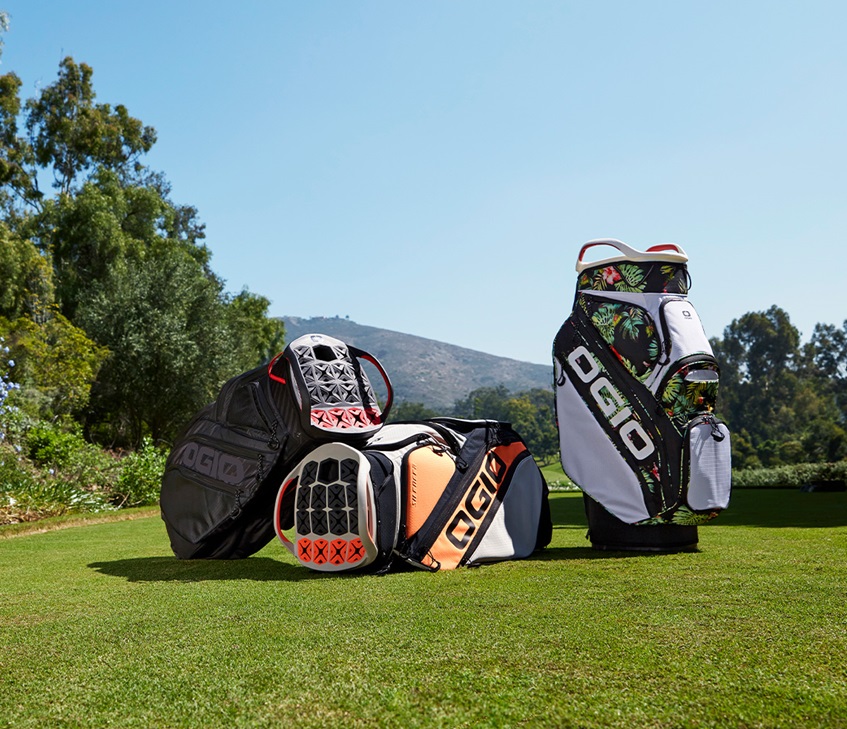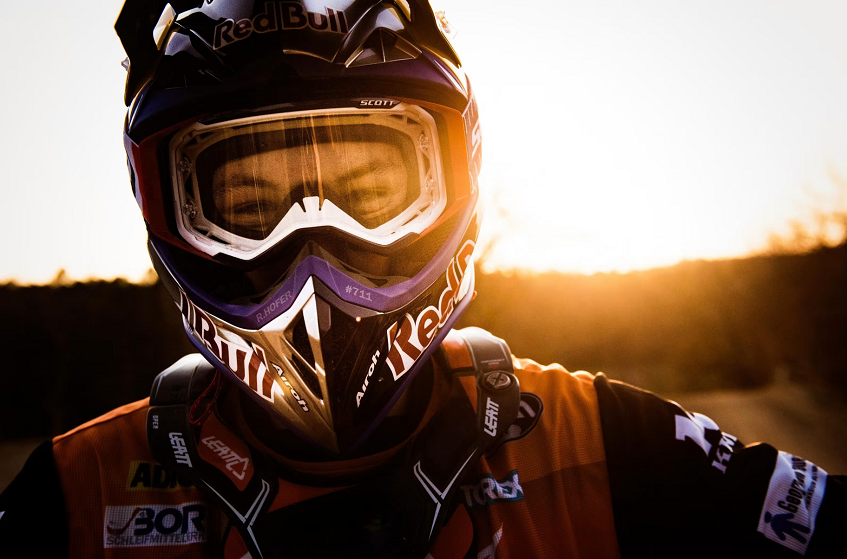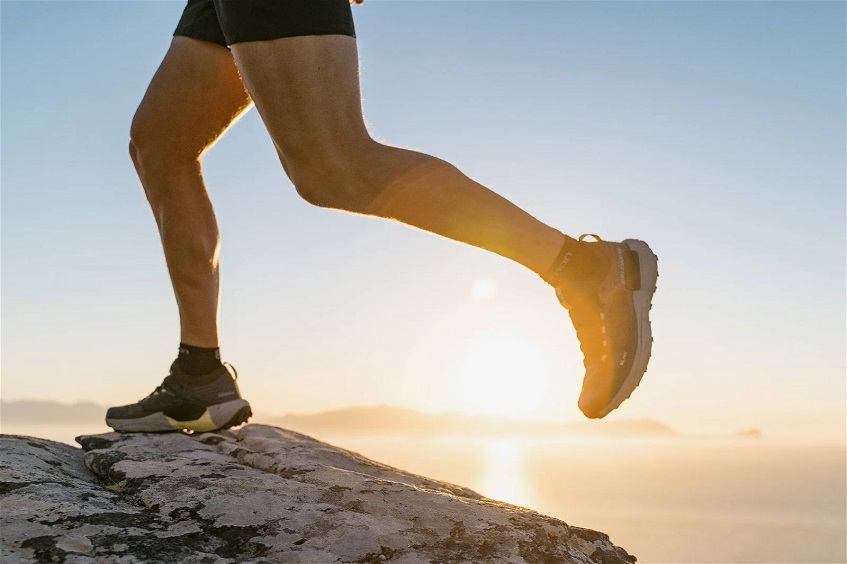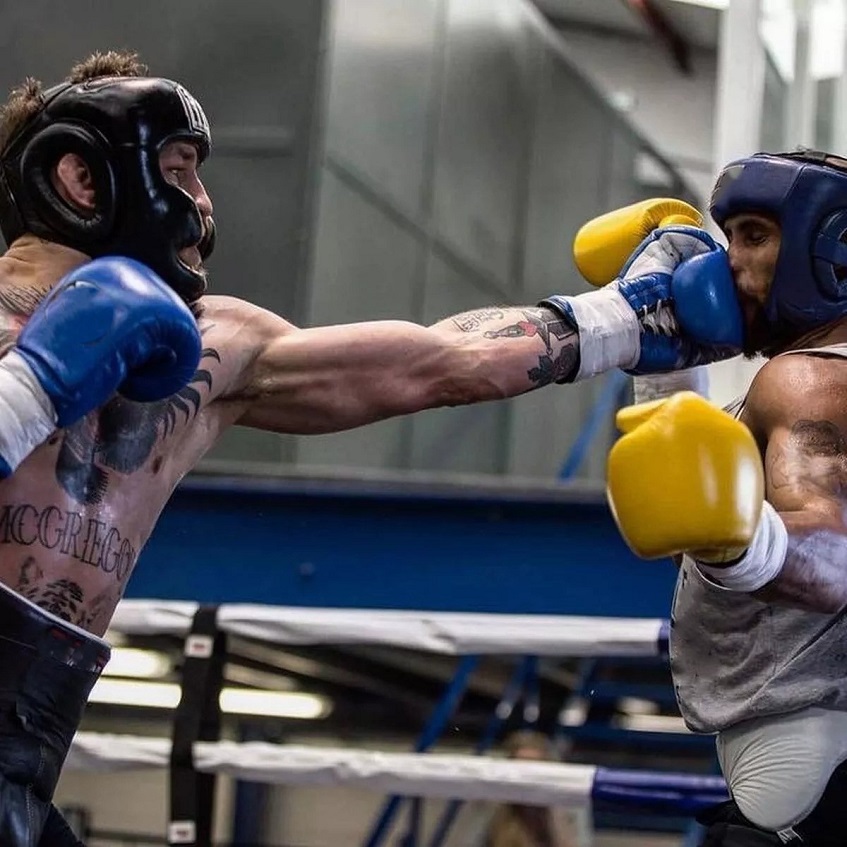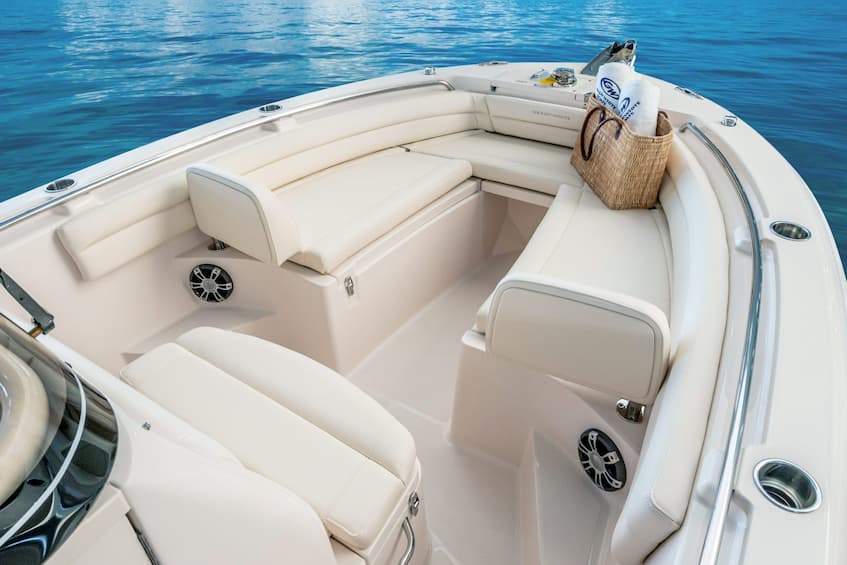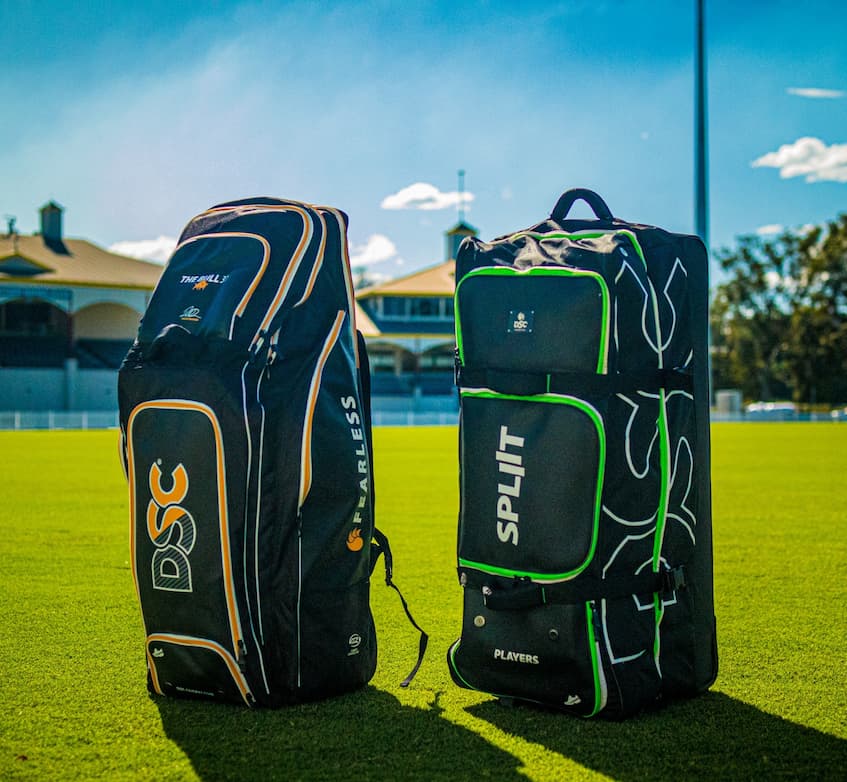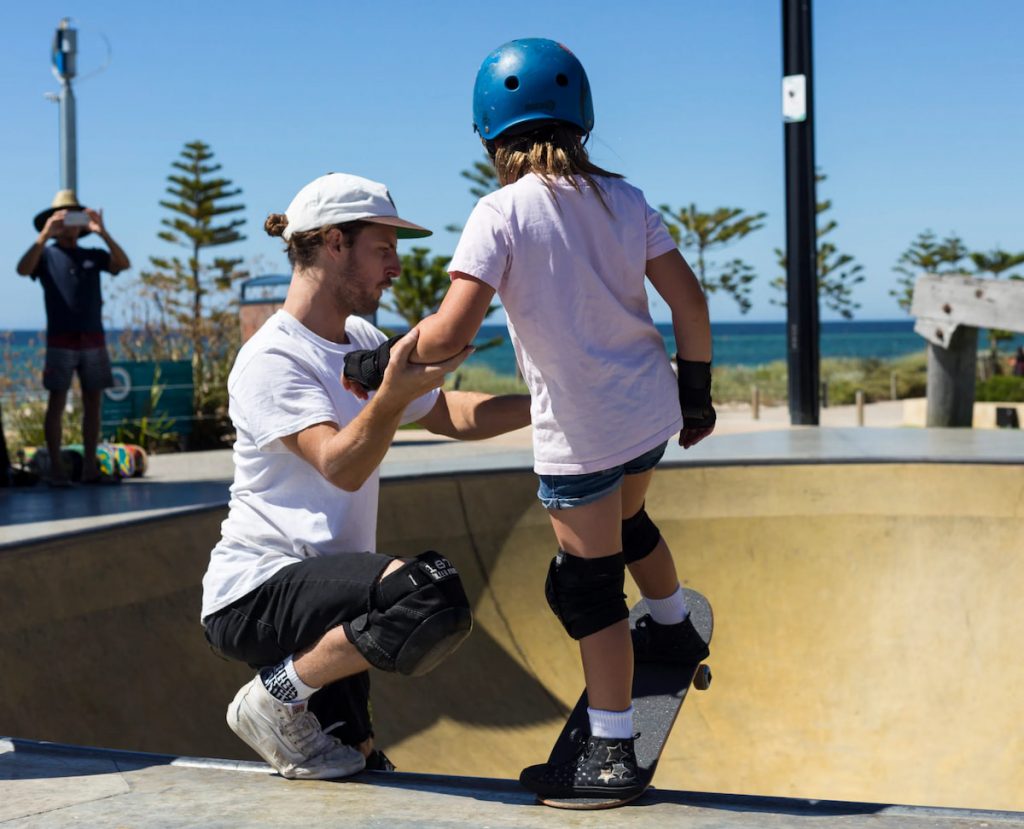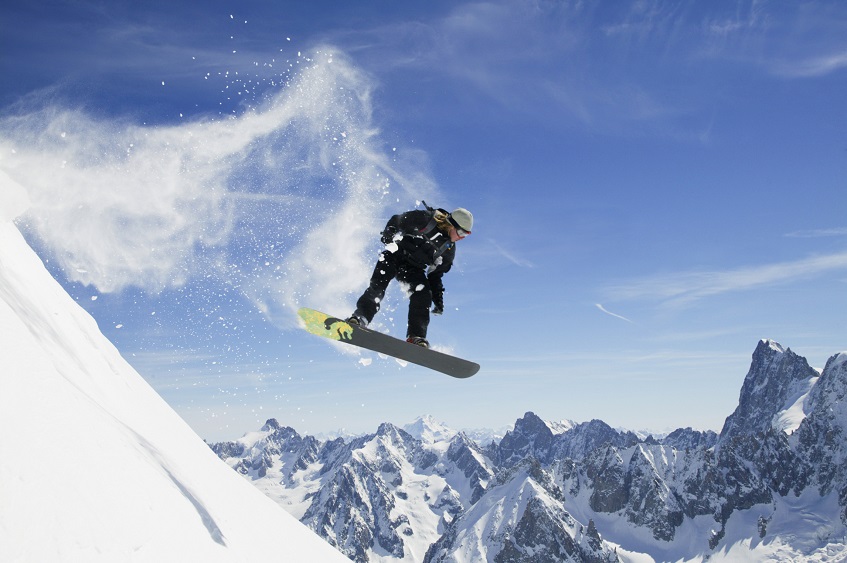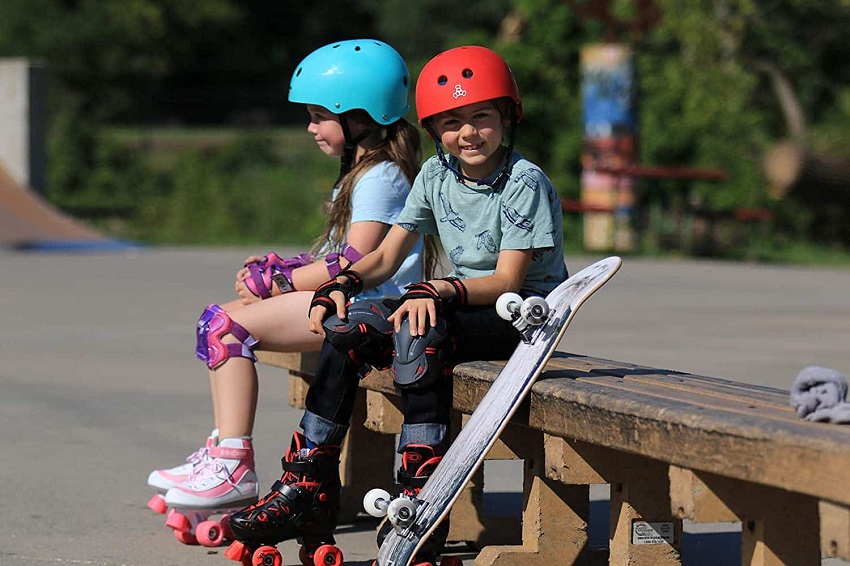Three Outfit Ideas for the Basketball Fans from All Walks of Life
When you’re a fan of sports, it’s something that takes up a huge part of who you are – it’s crucial to your personality. Not surprisingly, most sports fans love to show off this essential trait on important days for their favourite team, whether it wins or loses, as much as every other day.
Read MoreEssential Tennis Apparel: Comfort, Performance and Protection on the Court
As with any sport, match points matter the most, right? After all, that’s the main goal: who scores more points and wins the game. However, other factors also contribute to a successful game, and proper clothing is one of them. The audience and fans might not put much thought into this and think it’s only about dress code and style.
Read MoreGolf Bag Buying Guide: Key Factors to Consider for an Optimal Golfing Experience
The hustle and bustle of our daily lives sometimes gets a bit overwhelming. At these times, the golf course provides a calming sanctuary where you can take a breather and have some fun. But, while it’s important to master your swing and hit the ball with the right force and accuracy, having the right equipment will complement your skills and enhance your overall experience. The golf bag is an often-overlooked piece of equipment that keeps the rest of your gear safe and secure, so here are some important things to consider when shopping for one.
Read MoreMastering the Court: How Babolat Rackets Are Redefining Power and Precision in Tennis
Do you want to dip your toes into the world of tennis? Or perhaps you are a seasoned player who’s not quite satisfied with your current equipment and looking for an upgrade? Whatever your level of experience may be, one thing is certain – you need to have proper gear to excel at this sport. In the fast-paced and demanding game of tennis, there’s very little room for error, and every little advantage can make a huge difference.
Read MoreSafety First: A Guide to Choosing a Motocross Helmet
Are you into off-road bike adventures? Thinking about taking your motorbike on the trail? Motocross, a thrilling and high-octane sport, demands the utmost safety precautions for riders. One essential piece of protective gear is the dirt bike helmet. This comprehensive guide explores the features and benefits of these helmets and provides invaluable insights on how to choose the right size for maximum safety and comfort.
Whether you’re a seasoned rider or a newcomer to the motocross scene, understanding these critical aspects of protective equipment is vital for a safe and enjoyable riding experience. After all, adrenaline sports don’t mean taking unnecessary risks. Quite the contrary, the right gear will enable you to take the riding experience to the limits while keeping you safe.
Features of Motocross Helmets
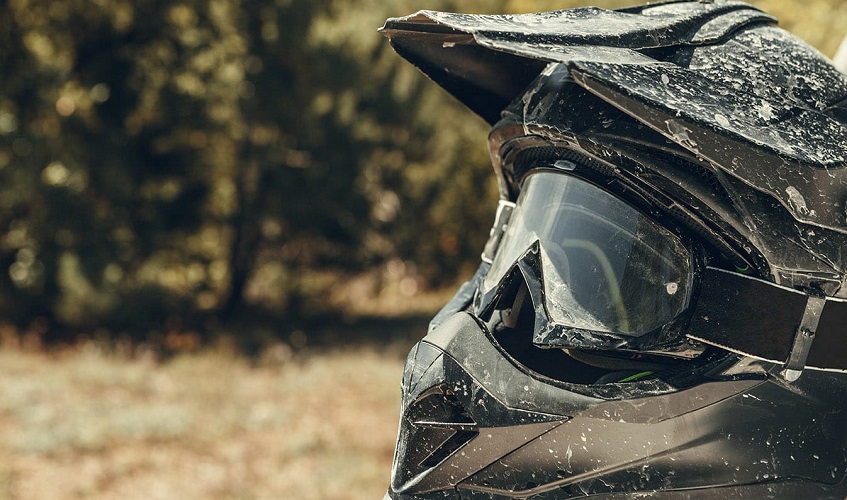
An enduro helmet isn’t just a piece of headgear; it’s a complex safety device engineered to safeguard riders in extreme conditions. Here are the key features that make motocross helmets stand out.
- Outer Shell: The outer shell is typically constructed from lightweight but strong materials such as fibreglass, carbon fibre, or polycarbonate. It’s designed to disperse impact forces across a larger surface area to minimize head injuries.
- Ventilation: Motocross helmets feature extensive ventilation systems to keep riders cool during intense rides. Multiple vents strategically placed around the helmet allow for airflow, reducing heat buildup.
- Chin Bar: A pronounced chin bar offers additional protection to the lower part of the face and jaw. It’s crucial in safeguarding against frontal impacts.
- Peak: The peak provides sun protection, shields the eyes from debris, branches and other objects, and enhances aerodynamics. Some of them are adjustable or removable, allowing customization based on riding conditions.
- Interior Padding: Comfortable, moisture-wicking, and removable interior padding helps absorb sweat and provides a snug fit. It’s also replaceable for hygiene purposes.
- Safety Certifications: Look for helmets that meet safety standards and have the necessary certifications. These standards ensure that the helmet meets minimum safety requirements.
- Quick Release Straps: The chin strap should be equipped with quick-release mechanisms for easy removal in case of an emergency.
- Weight: A lightweight helmet reduces neck fatigue during long rides and enhances overall comfort.
Benefits of Using a Motocross Helmet
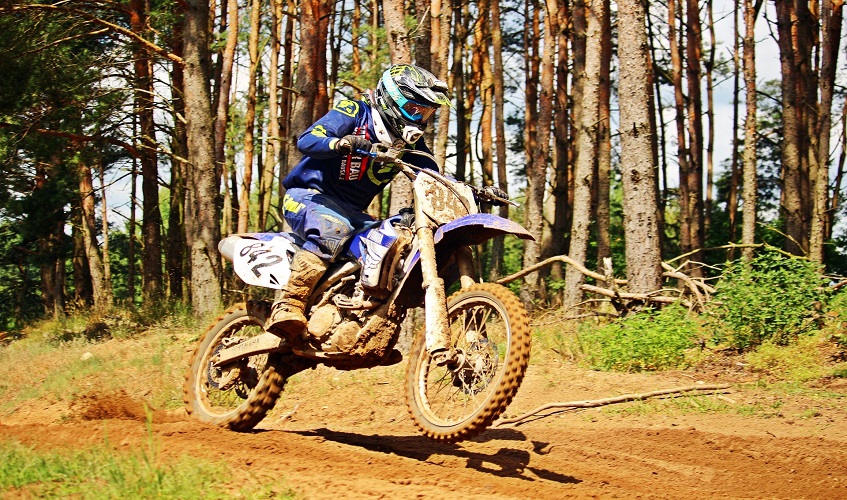
Dirt biking is without a doubt a thrilling sport, but it comes with certain dangers. One wrong move and you can be flying on the ground. And at that moment, the only thing between your head and the dirt is your helmet. The benefits of wearing an MX helmet extend far beyond mere head protection. Here are some compelling reasons why riders should never hit the track without one.
- Head Protection: The most obvious benefit is safeguarding the rider’s head from serious injuries. In motocross, crashes and falls are inevitable, and a helmet is your first line of defence.
- Face and Eye Protection: The visor and chin bar protects the face and eyes from debris, roost, and branches that can be kicked up during a ride.
- Improved Visibility: Many motocross helmets come with wide peripheral vision, allowing riders to see more of their surroundings and make split-second decisions with confidence.
- Noise Reduction: Motocross helmets reduce wind noise, protecting your ears and ensuring a more comfortable riding experience.
- Sun and Weather Protection: The visor shields the rider from harsh sunlight, rain, and other environmental elements, enhancing overall comfort during rides.
- Enhanced Safety in All Conditions: Motocross helmets are designed to perform well in various weather conditions, from extreme heat to cold and wet environments.
How to Choose a Motocross Helmet?
Selecting the correct size of a motocross helmet is paramount for safety and comfort. Here’s how to do it:
- Measure Your Head: Use a soft tape measure to measure the circumference of your head just above your eyebrows. Record this measurement in centimetres or inches.
- Refer to Sizing Charts: Every helmet manufacturer provides sizing charts that correlate head measurements to helmet sizes. Consult the manufacturer’s website or product packaging for this information.
- Try It On: Whenever possible, try on the helmet before purchasing it. Ensure a snug but not overly tight fit. The helmet should sit level on your head, with the chin strap comfortably secure.
- Check for Pressure Points: Pay attention to any pressure points or discomfort when wearing the helmet. These issues can become painful during extended rides.
- Helmet Shape: Different helmet brands may have slightly different shapes to accommodate various head shapes (e.g., round, oval). When you buy MX helmets, make sure you choose a helmet shape that matches your head’s profile for the best fit. They might look similar to mountain bike helmets, but are usually larger and have thicker layers of foam.
- Safety Standards: Make sure the helmet you choose is certified by relevant safety standards in your region.
How Do You Look After Your Helmet?
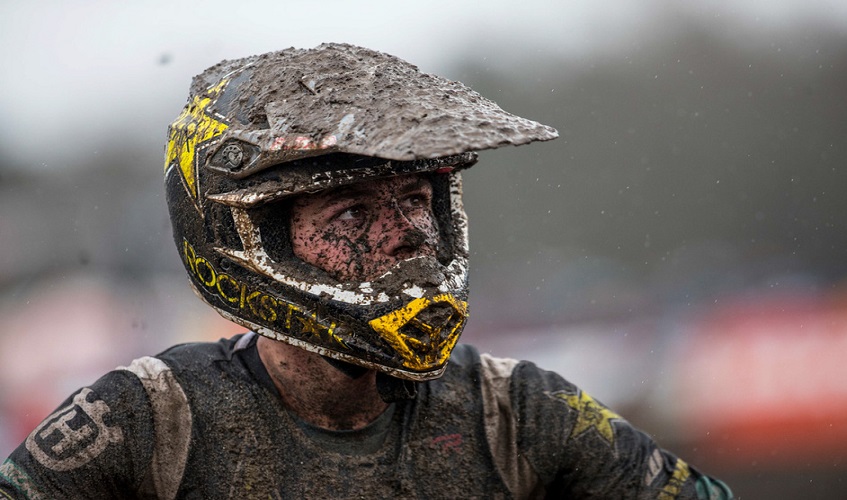
Dirt and sweat come with the territory, so as with the rest of your gear, the helmet will need proper maintenance. This means removing the helmet liner and cheek pads and washing them carefully. You can hand wash them or put them in a laundry bag and in the washing machine. Avoid using any harsh chemicals that can damage the delicate materials, or find helmet-specific cleaners.
To Sum Up
In motocross, where high speeds and challenging terrain are the norm, a motocross helmet is your most critical piece of protective gear. Understanding the features and benefits of motocross helmets, as well as selecting the right size, is essential for both your safety and riding pleasure. Invest in a quality helmet that meets safety standards, fits you perfectly, and enhances your overall motocross experience while keeping you protected on the track. Ride safe, ride smart, and enjoy the thrill of motocross to the fullest!
Salomon’s Trail Running Shoes: Enjoy All-Day Comfort
Trail running shoes are one of the most sought-after types of shoes by runners and hikers. These shoes have the ability to improve your overall running performance even when running off-road. They are designed to provide you with all-day comfort and stability without putting any pressure and trouble on your knees, ankles and feet. When made from quality and sturdy materials, these shoes can provide rugged traction to help you master rocky, slippery and any other challenging surfaces that you may encounter.
Read MoreEssential Boxing Protective Gear and Equipment
In a sport where the goal is to hit your opponent until he can’t fight anymore, it is very important to train properly. Today, the quality of protective gear lets many people enjoy fighting safely and with much less impact than they would have in the past. Whether you’re a weekend warrior, a beginner, or even a professional fighter, there are a few important pieces of boxing gear you need to have in your gym bag.
Read MoreSound Waves on the High Seas: Choosing the Right Marine Speakers for Your Boat
As any boating enthusiast knows, there’s nothing quite like spending a day out on the water. Whether fishing, waterskiing or simply enjoying a leisurely cruise, being out on a boat is a unique adventure. Of course, having quality sound on your boat can add to the experience and make it even more enjoyable. That’s where marine speakers come in.
Read MoreHow to Choose the Right Cricket Bag
Cricket requires a lot of equipment – cricket bats, balls, apparel, water bottles, and a range of protective gear – which means that you’ll need a suitable carrier for it. Nowadays, there are many different types of cricket bags, such as the duffle, rucksack, ball bag, cricket wheelie bag, etc., all of which serve different functions. Some of these are more suitable for training, while others can also serve as typical gym bags. Others even have a specialised purpose, like storing cricket balls or even a helmet.
Read MoreA Beginner’s Guide to Skateboarding Safety Gear
Skateboarding is a form of recreation, or a sport, where a person stands, rides and balances on a board with wheels. It’s categorised as an extreme sport, but it gains more and more popularity, especially among young people. According to the current ranking, skateboarding is the 6th most popular sport in the world. But its name wasn’t always skateboarding. People called it “sidewalk surfing” because they were mimicking the techniques of surfers on land. Today, we have around 20 million skateboarders all over the world, and this is a number that increases each day. Even though we have more than 100,000 skateboarding injuries every year, skateboarders are passionate and don’t give up so easily. The most important thing is to wear your safety gear because it lowers the chances of getting injured to 40%.
Read MoreMust-Have Snowboarding Gear and Tips That will help you go from Beginner to Pro
You’ve seen it on TV and maybe even talked about it with your friends. But what does snowboarding really involve? Similar to mountain biking, most people probably have a fuzzy idea of this action-packed, adrenaline-inducing sport that involves hurtling down a hill at breakneck speed with just one plank of wood between you and an icy death drop. If you want to learn more about this unique winter activity, let me help you with some crucial snowboarding tips. Below you will find some pointers that will help you hit the slopes like a pro while minimizing the risk of injury along the way.
Read MoreRoller Skating with Crazy Skates for Kids: All You Need to Know About This Exciting Activity
Are you looking to start a new fun activity for the whole family? Or maybe you’re looking for something that will get your kids active while keeping them entertained? What about taking up roller skating with Crazy Skates?
Read More


